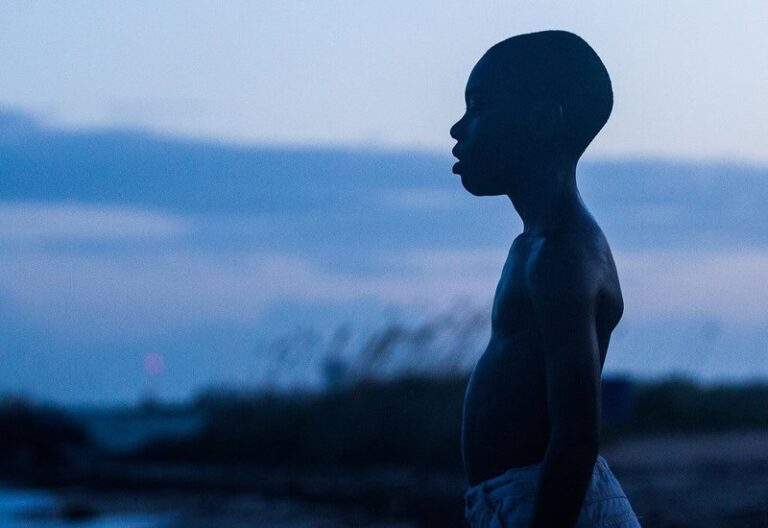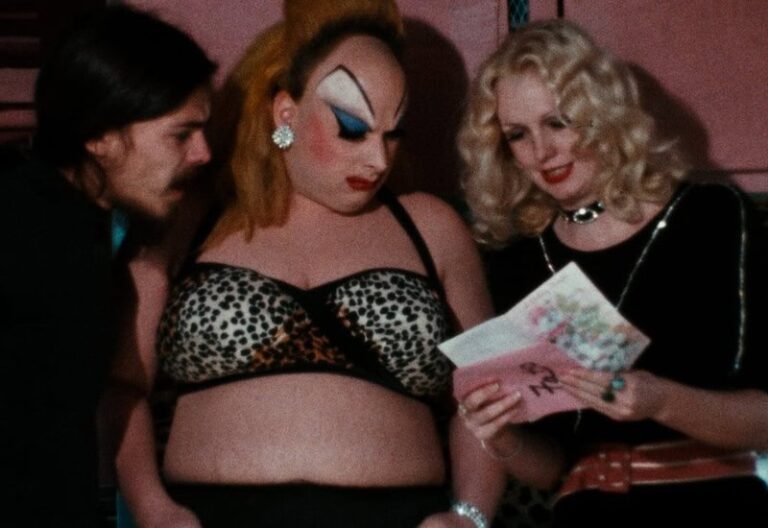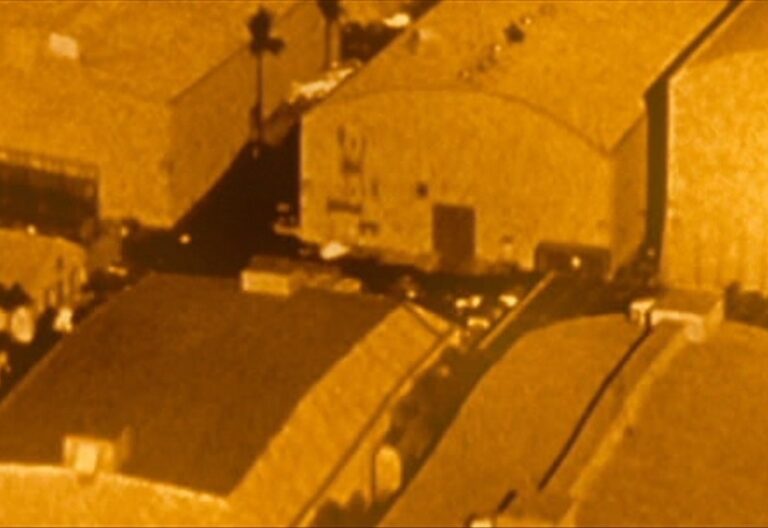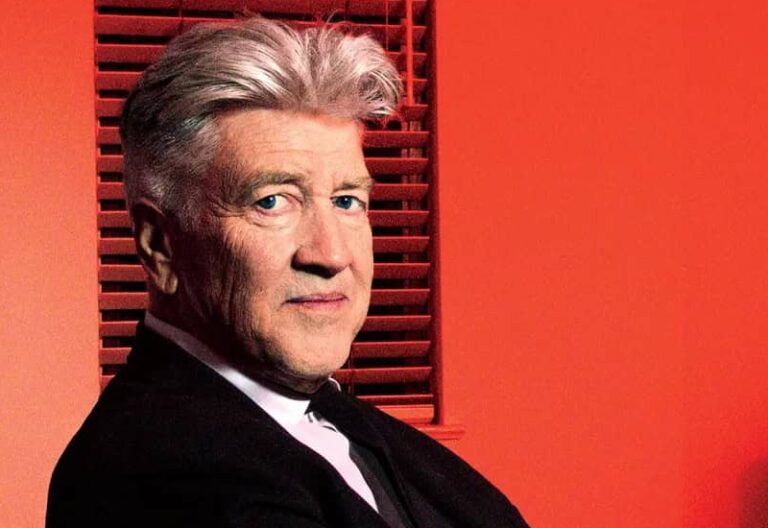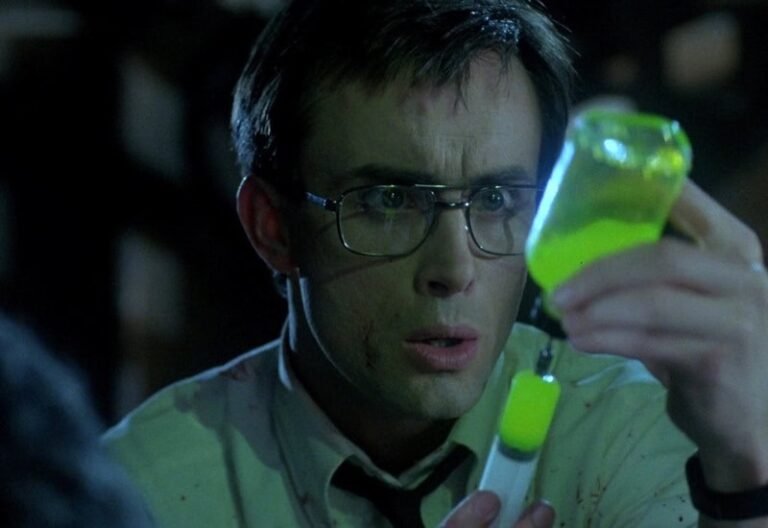what is guerrilla fillmmaking style?
Guerrilla filmmaking style is a raw and independent approach, defined by its low budget, limited resources, and unconventional production methods. Rooted in a do-it-yourself ethos, it started as a creative rebellion against the constraints of commercial and traditional filmmaking. Over time, it become an integral pillar of independent cinema, celebrated for its authenticity and unfiltered vision.
Published by: CinemaWaves Team | Filed Under: Film Blog
The Origins and Development of Guerrilla Filmmaking
Guerrilla filmmaking emerged in the mid-20th century as a response to the growing desire for artistic freedom, influenced by the countercultural movements of the 1960s. Early examples include the French New Wave (Nouvelle Vague) directors like Jean-Luc Godard and Francois Truffaut, who abandon elaborate sets and embraced natural locations, handheld cameras, and improvisation. Films like “Breathless” (1960) exemplify this approach, demonstrating that powerful storytelling could emerge from minimalistic, experimental techniques.
In the United States, guerrilla filmmaking gained traction during the 1960s and 1970s, fueled by technological advancements such as lightweight cameras and affordable film stock. Pioneers like John Cassavetes, regarded as the godfather of American independent cinema, fully embraced guerrilla techniques to create deeply personal films like “Shadows” (1959) and “Faces” (1968). This period also saw the emergence of the New Hollywood film movement, where directors like Martin Scorsese, Francis Ford Coppola, and Dennis Hopper challenged traditional studio system.
While not strictly guerrilla in nature, New Hollywood’s emphasis on creative freedom and rejection of conventional filmmaking norms inspired a wave of independent filmmakers to explore guerrilla methods. Around the same time, genre-defining works like George Romero’s “Night of the Living Dead” (1968), made on a modest budget, demonstrated that guerrilla techniques could produce groundbreaking and influential films that eventually became cult classics.
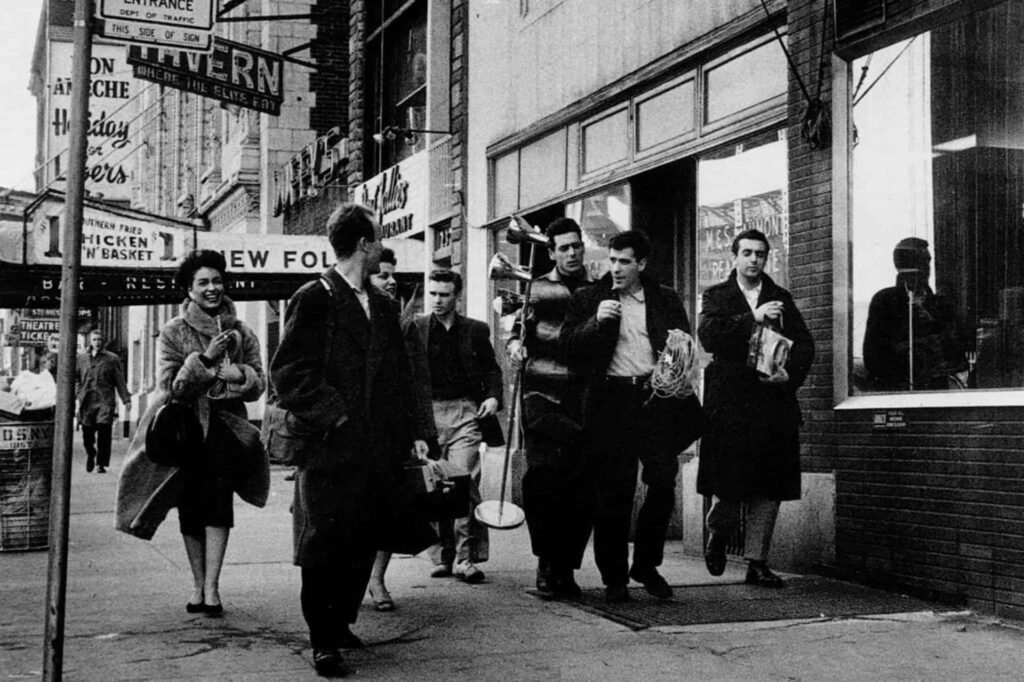
The 1990s marked a significant turning point with the advent of digital technology. Affordable digital cameras and editing software enabled a new wave of guerrilla filmmakers to enter the scene. International movements, such as Dogme 95, established by Danish directors Lars von Trier and Thomas Vinterberg, embraced guerrilla principles by stripping away cinematic artifice in favor of raw, authentic storytelling.
Around the same time, Robert Rodriguez’s “El Mariachi” (1992), famously made on a budget of $7,000, became a landmark film that highlighted the potential of guerrilla filmmaking to create compelling works with minimal resources. Simultaneously, Quentin Tarantino’s debut film “Reservoir Dogs” (1992), while not strictly low-budget, employed guerrilla-inspired techniques such as an independent production model and limited settings. Renowned for its sharp dialogue, nonlinear storytelling, and raw intensity, the film has cemented its status as one of the greatest of the 1990s.
In the early 2000s, the guerrilla ethos found new life in the Mumblecore movement, characterized by low budgets, naturalistic acting, and improvisational dialogue. Pioneered by filmmakers like Andrew Bujalski and Joe Swanberg, it emphasized intimate, character-driven stories often shot with minimal crew and equipment. Its DIY spirit and focus on authenticity cemented its place as a modern extension of guerrilla filmmaking’s lasating legacy.
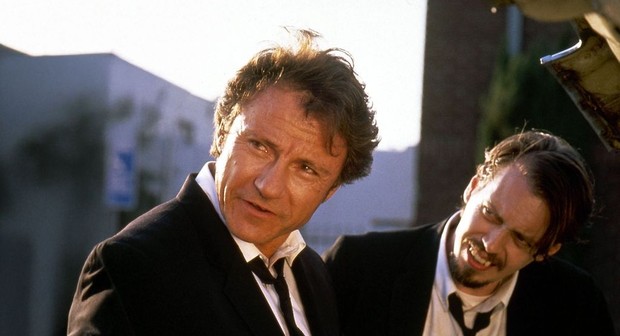
Techniques of Guerrilla
Filmmaking Style
Use of Natural Locations: Guerrilla filmmakers often shoot in real-world locations rather than building different sets. This not only reduces costs but also lends authenticity to the film. Public spaces and abandoned buildings are frequently used as backdrops. Permits can be skipped to avoid bureaucracy, though this can lead to challenges like evading authorities or dealing with passersby.
Minimal Crew and Cast: To streamline production and cut costs, guerrilla filmmakers typically work with a small, tight-knit crew and cast. Many take on multiple roles, for example, a director might also handle cinematography or editing. Smaller teams also allow for faster setup and mobility, making it easier to adapt to unpredictable conditions.
Low-Budget Equipment: Rather than relying on expensive cameras and lighting setups, they use affordable, consumer-grade equipment or even smartphones. Lightweight cameras, such as DSLRs or digital handhelds, are favored for their portability and versatility. Improvised lighting, like household lamps or natural light, is also frequently used.
Improvisation: Guerrilla filmmaking relies on spontaneous decision-making and flexibility. Scripts may be loosely outlined rather than rigidly written, allowing actors to improvise dialogue and actions. This can lead to more natural, authentic performances.
Crowdsourcing and Community Support: To fund their projects, guerrilla filmmakers may rely on crowdfunding platforms or local community support. Friends and family often contribute as extras, crew members, or financial backers, reducing costs and strengthening the grassroots nature of the production.
Use of Available Resources: Guerrilla filmmakers make the most of what they have on hand, whether it’s shooting in their own homes, using personal vehicles as props, or repurposing everyday items for sets and effects.
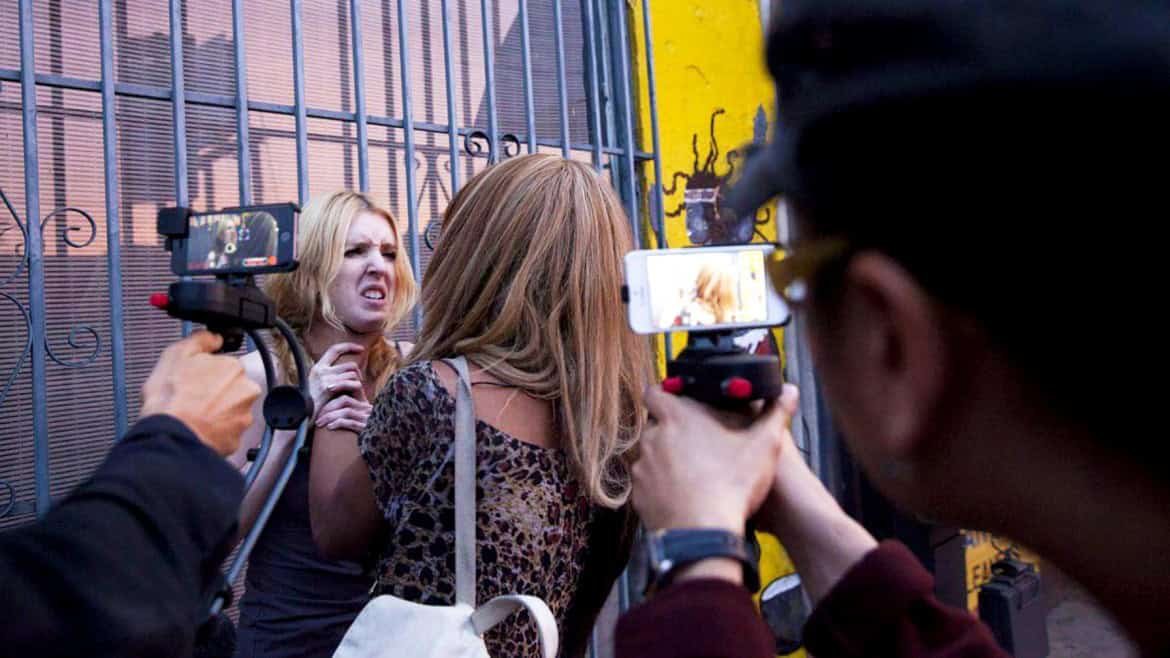
Famous Giallo Films
“Shadows” (1959) by John Cassavetes: A pioneering example of guerrilla filmmaking. Made on a modest budget of around $40,000, the film was shot with a small, non-professional crew and featured largely improvised dialogue and performances. Cassavetes used real locations in New York City, giving the film an authentic, raw feel. The film’s innovative techniques, including natural lighting and handheld camera work, helped establish Cassavetes as a key figure in the American independent cinema movement and set the stage for future guerrilla filmmakers.
“El Mariachi” (1992) by Robert Rodriguez: Shot on a minimal budget of only $7,000, the film used inventive techniques to save costs, such as recording sound separately and casting locals. Its success not only launched Rodriguez’s career but also proved that innovative storytelling could triumph over budget limitations.
“Clerks” (1994) by Kevin Smith: His debut film was made for just $27,000, financed largely through credit cards and personal savings. Shot in a convenience store where Smith worked, Clerks captured the humor and struggles of everyday life, becoming a cult classic that highlighted the power of authentic, dialogue-driven narratives.
“The Blair Witch Project” (1999) by Eduardo Sanchez, Daniel Myrick: One of the most profitable independent films of all time, The Blair Witch Project utilized guerrilla methods to create a found-footage horror phenomenon. The filmmakers shot in the woods with a minimal crew, using handheld cameras to enhance the realism and relying on innovative viral marketing to generate buzz.
“Paranormal Activity” (2007) by Oren Peli: Made on a budget of $15,000, Paranormal Activity became a global phenomenon, earning millions at the box office. Its minimalist approach to horror, relying on tension and atmosphere rather than special effects, exemplified guerrilla filmmaking’s capacity for innovation.
“Tangerine” (2015) by Sean Baker: The film was shot entirely on an iPhone, showcasing the potential of modern technology for guerrilla filmmaking. The film’s vibrant, street-level aesthetic and focus on marginalized communities underscored the genre’s ability to amplify underrepresented voices, and its use of mobile technology revolutionized filmmaking by proving that high-quality, professional films could be made with accessible, affordable tools.
Legacy and future challenges
Guerrilla filmmaking style has greatly influenced the film industry, serving as a launching pad for emerging talents and a catalyst for innovation, it has inspired countless filmmakers to pursue their visions outside traditional systems. The rise of digital technology and streaming platforms has further bolstered the relevance of guerrilla filmmaking, with independent creators reaching global audiences through online platforms, festivals, and niche markets.
Despite all this, guerrilla filmmaking poses significant challenges. Limited funding restricts access to professional equipment and post-production resources, while shooting without permits can lead to logistical and legal complications. The reliance on small crews and improvised methods demands intense dedication, creativity, and resilience from filmmakers. Yet, these obstacles are integral to the style’s identity, and overcoming them often results in uniquely personal and innovative films.
Refer to the main page for more educational insights on filmmaking and cinema history.
Independent film, often called indie film, is produced outside the major studio system. Its roots can be traced back to the early 20th century, when filmmakers began seeking…
In the mid-1990s, a group of Danish filmmakers, led by the visionary minds of Lars von Trier and Thomas Vinterberg, embarked on a cinematic journey that would disrupt the…
A cult film is a movie that builds a devoted following without achieving mainstream success or widespread critical praise at the time of its release. These films are…
The studio system was a dominant force in Hollywood from the 1920s to the 1950s. It was characterized by a few major studios controlling all aspects of film production…
Auteur theory is a critical framework in film studies that views the director as the primary creative force behind a film, often likened to an “author” of a book. This theory suggests…
B movies have long been a staple of the film industry, existing in the shadows of their higher-budget counterparts yet cultivating their own unique legacy. These films…

